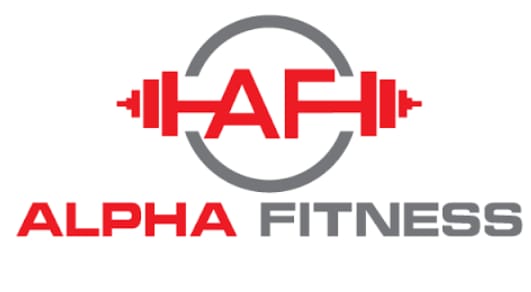We sell home and commercial gym equipment, with strength equipment, cardio, cross training and so much more.






Gym weight belt
KSh 3,500
- Helps support and protect the back
- fully padded thus comfortable to use
- reduces stress on lower back
Description
Gym weight belt
A gym weight belt, also known as a weightlifting belt or lifting belt, is a supportive belt designed to be worn around the waist during various strength training exercises. Weight belts are commonly used by powerlifters, bodybuilders, and other strength athletes to provide support and stability to the core and lower back during heavy lifting. Here are some key aspects of gym weight belts:
1. Material: Gym weight belts are typically made from thick, durable materials such as leather or synthetic materials like nylon or neoprene. Leather belts are known for their durability and are often preferred by powerlifters, while nylon or neoprene belts are more flexible and comfortable for some users.
2. Width: Weight belts come in various widths, with the most common widths being 4 inches and 6 inches. The width of the belt can affect the level of support and comfort it provides.
3. Closure: Weight belts typically have a buckle or a lever closure system. Buckle closures allow for more adjustability, while lever closures can be quicker to secure.
4. Thickness: The thickness of the belt can vary, with some belts being single-ply and others double or even triple-ply. Thicker belts are generally stiffer and provide more support.
5. Purpose: Weight belts are primarily used for compound exercises that put significant stress on the lower back and core, such as squats, deadlifts, and overhead presses. They are not typically used for isolation exercises like bicep curls or tricep extensions.
Benefits of Using a Gym Weight Belt:
- Core Stability: A weight belt helps increase intra-abdominal pressure, which stabilizes the spine and reduces the risk of lower back injuries during heavy lifting.
- Improved Performance: Some users find that wearing a weight belt allows them to lift heavier weights by providing extra support and confidence.
- Reduced Fatigue: By supporting the core muscles, a weight belt can help reduce fatigue during intense lifting sessions.
- Injury Prevention: When used correctly, weight belts can help prevent injuries by promoting proper lifting form and protecting the lower back.
Important Considerations:
- Proper Usage: A weight belt should not be used as a substitute for proper lifting technique. It should complement good form and not be relied upon solely for support.
- Fit: It’s essential to choose a weight belt that fits snugly but allows for comfortable breathing. The belt should be worn around the waist, just above the hip bones.
- Exercise Selection: Weight belts are most effective for compound exercises with heavy loads. They may not be necessary for lighter exercises or isolation movements.
- Training Goals: Consider your specific training goals when deciding whether to use a weight belt. While they can be beneficial for maximal strength efforts, they may not be needed for all types of training.
In conclusion, a gym weight belt can be a valuable tool for providing support and stability during heavy compound lifts, but it should be used as part of a well-rounded strength training program. Proper form, progressive overload, and a balanced training regimen are key to making the most of your workouts while minimizing the risk of injury.










